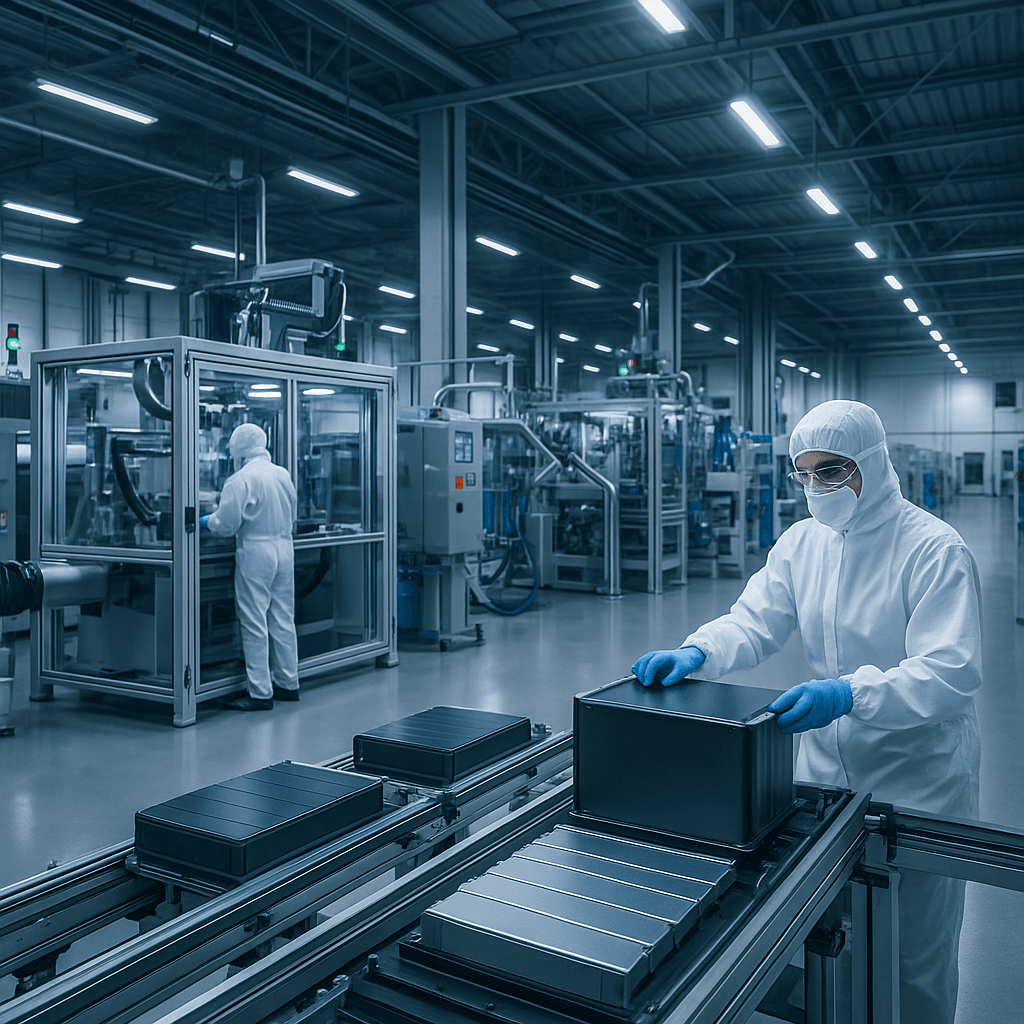Sila Nanotechnologies just fired up the first large-scale silicon anode factory in the West, marking a pivotal moment in America's battery manufacturing ambitions. The Moses Lake facility can initially produce materials for 20,000 to 50,000 EVs annually, with potential expansion to serve 2.5 million vehicles. This technology promises 50% better energy density than traditional lithium-ion batteries.
Sila Nanotechnologies just changed the battery game. The startup fired up operations Tuesday at its Moses Lake, Washington facility - the first large-scale silicon anode factory in the Western hemisphere and potentially America's best shot at battery manufacturing supremacy.
The numbers tell the story of ambition meeting reality. Initially capable of producing materials for 20,000 to 50,000 electric vehicles annually, the factory represents 14 years of R&D finally hitting industrial scale. Future expansion could serve 2.5 million vehicles, a massive leap that CEO Gene Berdichevsky believes positions the U.S. ahead in the global battery race.
"When you invent something new, it's a lot easier to then produce it where you invent it," Berdichevsky told TechCrunch in an exclusive interview. His confidence isn't misplaced - silicon anodes promise up to 50% better energy density than conventional graphite alternatives.
The competitive landscape is heating up fast. While Group14 operates nearby in Moses Lake with production in South Korea, and Amprius churns out materials in Fremont and China, Sila's facility claims the distinction of being "the first auto scale silicon anode plant in the U.S." according to Berdichevsky.
That scale matters enormously. Sila already has supply agreements locked with Panasonic and Mercedes-Benz, but the real opportunity extends far beyond automotive. The company's been quietly selling to drone manufacturers, satellite companies, and consumer electronics firms - diversification that could prove crucial as the market develops.
Washington State offered an almost perfect storm of advantages. Cheap hydropower, abundant land, and proximity to key raw material suppliers created what Berdichevsky calls "a near perfect confluence of factors." The economics are compelling - low-cost energy represents a major input cost for silicon anode production.
"The cost structure of this technology is predicated on low cost energy and some key precursors, and we have that in Washington," he explained. The to finance this exact moment.




